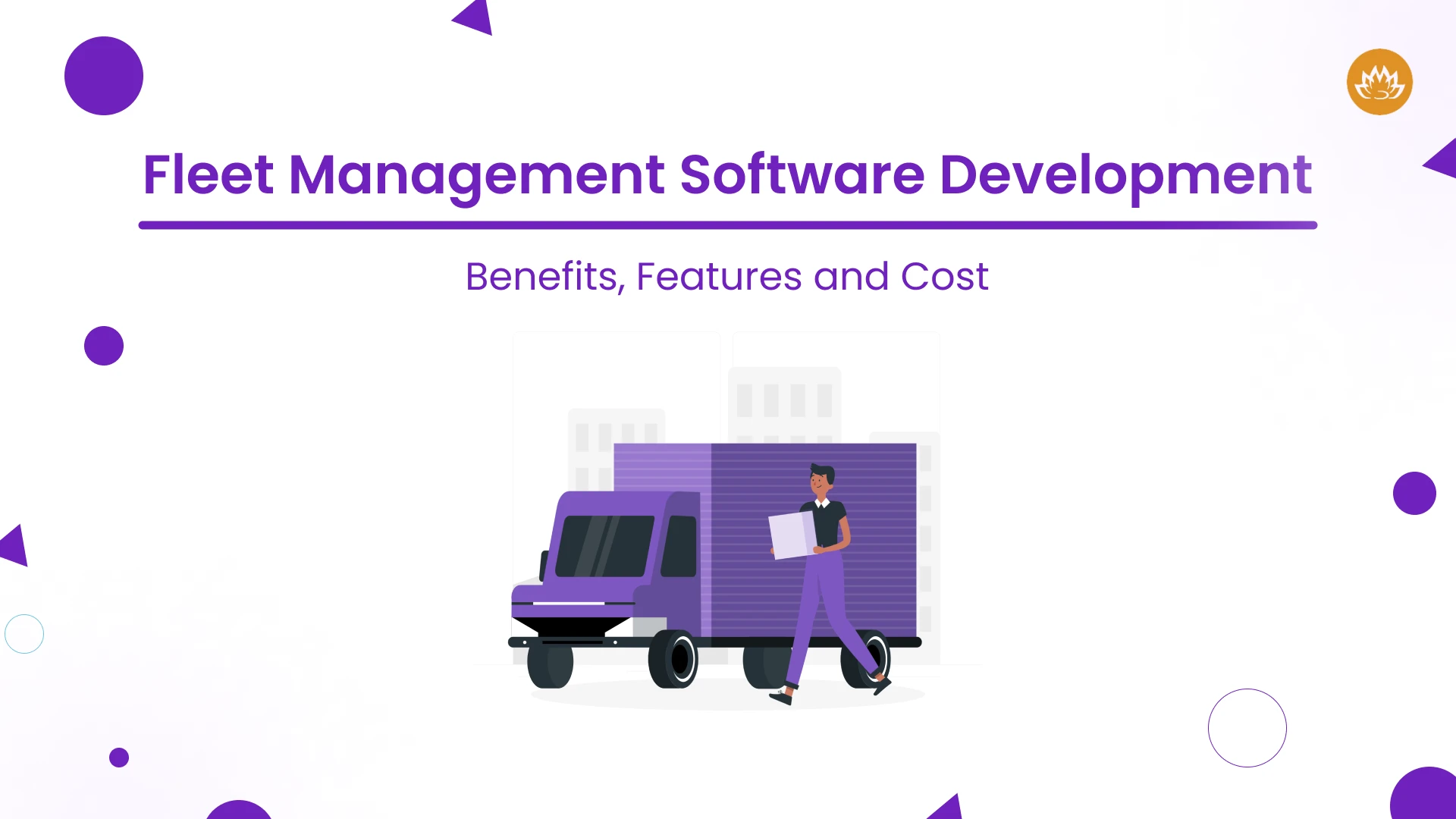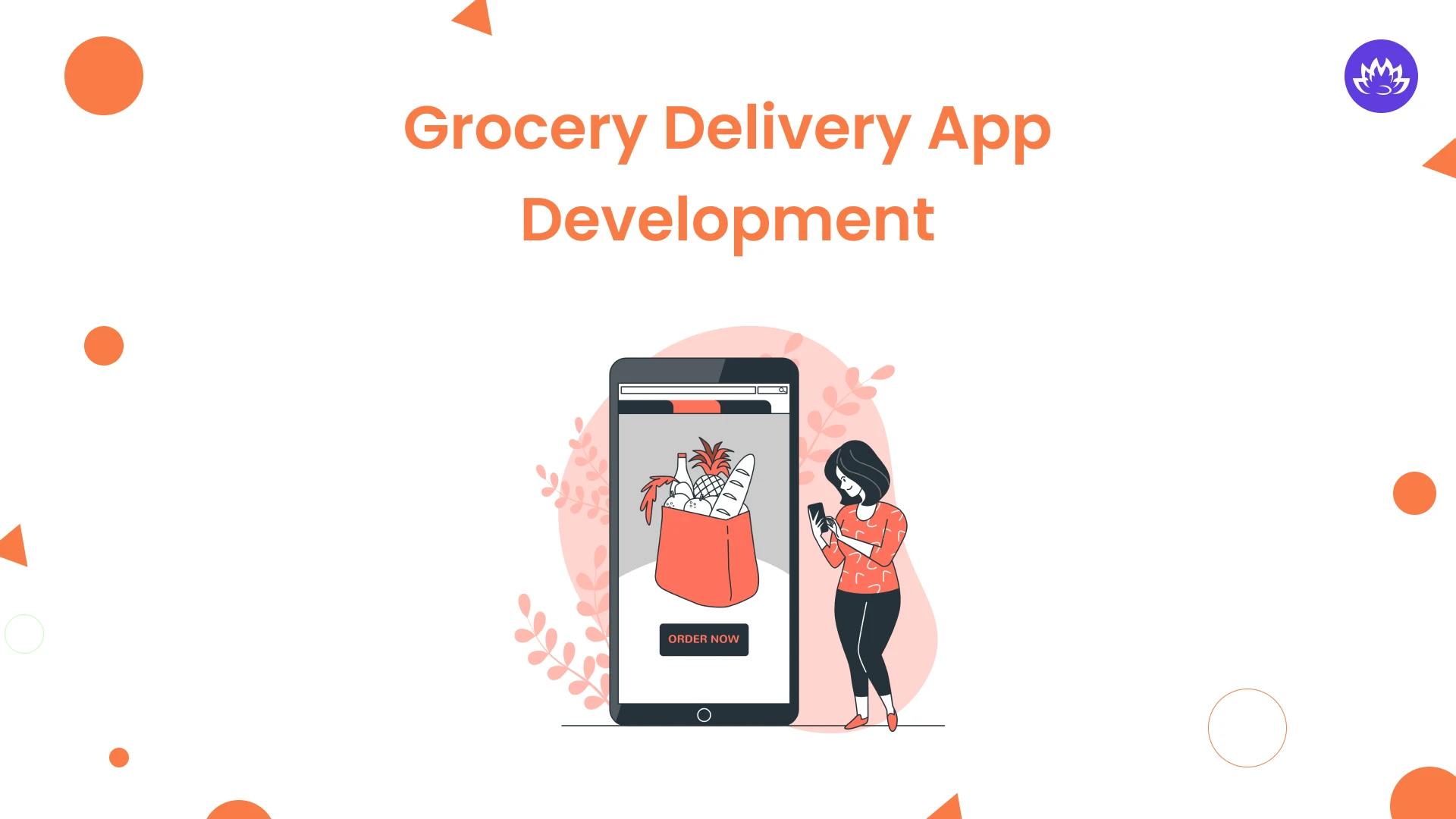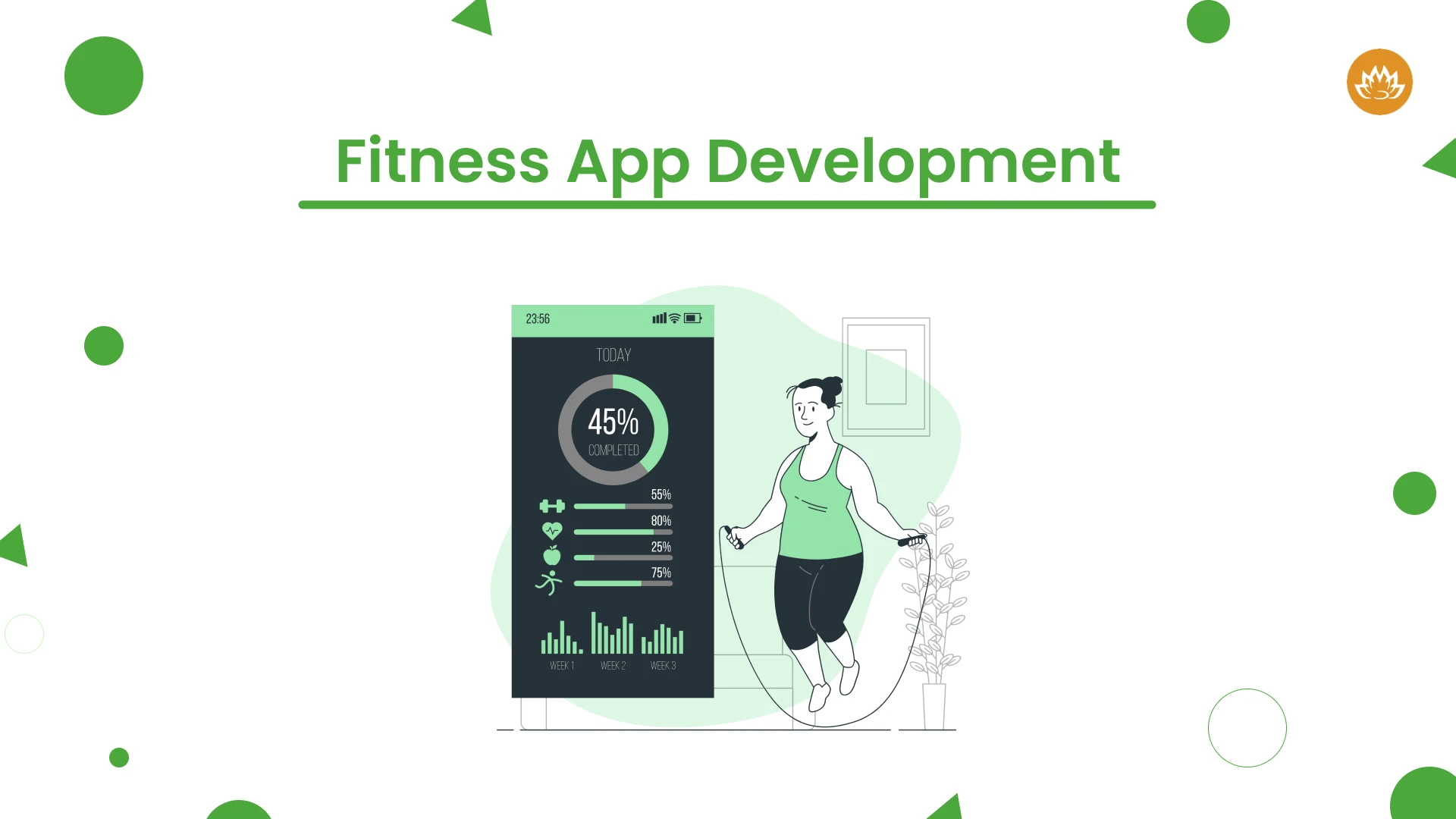NFT Marketplace Development in 2022-2023
NFT came into a buzz in 2021 when Beeple’s crypto art: ‘The First 5000 Days’ became the most expensive NFT in the world, being sold at a whopping 6.93 million USD.
The NFT craze has spurred the internet with total global sales of USD 13.98 billion in gaming, sports, art, and other segments from 2018 to 2021.
Businesses are entering into the new digital era of creative disruption by creating their NFT platforms. However, what are NFTs, what are the benefits of building your NFT platform and most importantly, how can you build your NFT platform? This blog is a comprehensive guide leading you to your NFT platform step by step.
So, starting with a brief introduction;
What is NFT?
A non-Fungible Token (NFT) is a digital token designated as digital proof claiming proprietary rights of virtual assets like texts, images, audio recordings, trading cards, etc. traded in cryptocurrencies.
Every NFT element is unique, to illustrate:
What is NFT Marketplace?
NFT marketplace is a dedicated platform that holds trading of NFTs as fixed price digital assets or conducting their LIVE auctions and exhibitions. Imagine the NFT marketplace as an eBay of digital assets, the only difference is, these assets are virtual and you have to trade in cryptocurrencies. So, the first thing you require to trade (Buy/Sell) in the NFT marketplace is to have or create a crypto wallet.
NFT marketplace can be bifurcated into two categories:
- General marketplace that hosts all possible kinds of NFTs on its platform
- Niche marketplace that hosts a specific niche/segment of NFTs on its platform.
To understand the NFT marketplace, let us first study its Key Players.
The Key Players of NFT Marketplace:
The global NFT (Non-Fungible Token) market size was valued at USD 1.59 billion in 2021 and is expected to garner USD 7.63 billion by 2028, growing at a CAGR (Compound Annual Growth Rate) of 22.05% from 2021 to 2028. Competition is soon to skyrocket with new players entering the digital game.
Let us have a look at some of the most trusted, popular, reliable, and highly successful Key Players ruling the NFT world.
OpenSea:
OpenSea is a peer-to-peer NFT marketplace where you can buy or sell NFTs and crypto collectibles. Here you get to know an entirely new world of digital assets like music, photography, gaming items, various collectibles and other blockchain-protected virtual goods.

OpenSea is the world’s first & largest digital marketplace for NFTs running since 2017. With a gross funding amount of USD 427.2 million, OpenSea is supported by more than 150 types of crypto tokens.
Rarible:
Rarible operates a community-owned NFT marketplace where users can create, buy, or sell digital assets backed with blockchain security. With Rarible users can trade liquid intellectual properties or any kind of digital content licensed by NFTs.

Binance:
BINANCE NFT is a blockchain ecosystem that gives a platform to combine finance and digital technology. Its cryptocurrency exchange platform hosts a variety of portfolios of crypto products like trading & finance, data & research, educational & intellectual, investment & incubation, social goods, decentralisation & infrastructure, and much more.

SuperRare:
SuperRare is an ART FIRST NFT marketplace based on Ethereum. Only 1% of artists are selected on SuperRare. Its out-of-the-box art gallery is governed by artists, curators, and collectors. Its smart contract platform enables artists to release limited-edition artwork that is rare and verified. It’s easy to create, curate, collect, and sell unique digital art on SuperRare.

Artists on SuperRare have earned USD768 million to date. The average resale value on SuperRare is 15,070%.
Nifty Gateway:
Nifty hosts premium digital art and collectibles exclusively on its platform. Nifty is powered by the Ethereum blockchain and its fully functional fiat wallet makes trading very easy on Nifty.

Nifty has gained traction after selling the two most expensive NFTs: Crossroad by Beeple and The Merge by Pak.
How to build your own NFT marketplace?
1. Identify the Niche:
First and foremost, identify what type of NFT market you want to enter. Some NFTs are universal and can be easily traded in the General NFT marketplace. Whereas some are market specific, and you need to select a niche relevant to your business requirements. Ask yourself:
- What makes your NFT store UNIQUE from others?
- Where does your expertise lie?
- Which customer segment do you plan to target?
- Which marketplace (General/Niche) serves your goal the best?
- Who will be your competitors when you enter the NFT market?
- How will your users pay for NFTs?
- Where do you stand with your current channels?
At this stage, you must have an initial roadmap ready to proceed to the next stage.
2. Choose the right development partner:
Your software development team can help you take a deep dive into understanding the core and identifying the niche to build your NFT platform.
Now that you have a roadmap ready and have decided which customer segment to target; you must determine how you want to interact with the audience. Whether you want to throw a web app or a mobile app. If you are well-funded, you can opt for both.
Rather than hiring a separate mobile application development company to build a mobile app for your NFT marketplace. A web application development services to build web apps, or a cross-platform app development company, you can choose a reputed and reliable Software development company, expert in building mobile apps, web apps and cross-platform apps. Before hiring make sure that they are well experienced, well equipped, and have expertise in building NFT apps.
3. Prototyping:
Prototyping is a subset of a customer-oriented agile development strategy. It helps you in defining user journeys by crafting mock screens for your desired NFT marketplace. You can use this prototype to study user response and keep updating the design as per user feedback. Doing this you get a surety that you are moving in the right direction and not wasting money, time, or resources. When you know what customers want you can accordingly iterate and release the product in the market.
4. Select an appropriate Blockchain Network:
Building an NFT marketplace demands a highly secure, robust, and scalable blockchain network. Blockchains like Ethereum, Caradon, Stellar, Polygon, Tezos, etc. are reliable and popular.
Before selecting a blockchain verify its transparency, traceability, speed of transaction, and cost to build an NFT marketplace on it.
5. Intuitive UI/UX:
Pay extra attention while developing the User Interface of your NFT platform, because users will get to know your brand through it. Your brand value depends on the UI design so make it appealing & attractive yet simple and intuitive.
The UI design of your NFT marketplace must have a consistent layout, aesthetic interface, streamlined navigation, and a user-friendly, and responsive design that displays all the features in an organized format.
A great UI is crucial for imparting a great UX. So, hire a top mobile app development company expert in delivering incredible abd best UI/UX design services.
6. Development of the NFT platform:
The development of an NFT platform takes place with two perspectives: The client’s side with front-end development and the Server Side with back-end development.
- Front-end development: Developers set right the User Interface to establish seamless communication between the user and the platform.
- Back-end development: Developers build the internal platform which will communicate with the database. Functions like business logic, smart contracts, token standards, security, data storage, etc. are integrated into the platform.
Simply put, the front end hosts a UI so that users can interact with your platform. The user requests are carried by the front end and sent to the backend. Which is then filtered and sent to the database. The database processes user requests and responds with accurate responses.
It is worth noting that the database holds private and sensitive user information, so, you must build a highly secured and immutable database.
7. Quality Assurance:
Set your Quality Analysts team at work for testing bugs, weak areas, and the entire architecture of your NFT platform for vulnerabilities. It is very important to assure the quality of the internal structure, technical components, features & functionalities of the platform before launching it into the market. Testing your NFT platform by passing it through layers of automated and manual testing approaches is always a good idea. Also, ensure the security of crypto wallets by running multiple transactions.
Your NFT Platform shall run on a decentralized channel, so security becomes paramount. Identify all the areas that may serve as a trap for malicious activities. Also, make the authentication process strict as a precaution against phishing and identity threats.
8. LAUNCH your NFT Marketplace:
With all the final checks, get set to launch your NFT Marketplace.
However easy it seems theoretical, building an NFT platform is a tough job and takes a whole team of experts to get it right. Developers, QAs, business analysts, project managers, scrum masters, blockchain experts, and experts from the digital marketing field. We already know what you are thinking!
What does it cost to build an NFT Market place?
As each NFT platform has different requirements the building cost completely depends on:
- What is the Niche of the NFT platform you choose to build
- The blockchain you select
- Number of features you want to have in your NFT platform
- UI/UX design requirements
- Technology stack
- Third-party API integrations and technology integrations
- Which NFT marketplace development company you are hiring
- Location of the top software development services for startup (onsite or outsourcing).
Key points to consider while building your NFT marketplace?
Create a Decentralized, Transparent, and highly Secure NFT marketplace. You should protect the user data with intact cloud security and make transactions smooth & transparent with cryptocurrency. Moreover, key points to consider while building your NFT marketplace are:
- User Registration: Keep the user authorization and authentication process quick and simple yet reliable.
- User Profile: Keep it basic. Don’t be too pushy or ask for irrelevant personal information.
- Storefront: It is like the dashboard of NFT platforms where users can visit and get information regarding sellers, offers, bids, pricing, etc.
- Filters: Enable filters so that users can screen, select and surf through preferred NFTs categories.
- User Participation: Enable your users to participate and bid in auctions. Also, allow them to choose the expiry date, track bid status, or make new bids.
- Ratings: Add value to the NFT tokens by giving them appropriate ratings. This also benefits the newcomers in understanding the specifics of different NFTs.
- Wallet: This is the most important in-built feature you must implement in your NFT platform. With an integrated wallet users can trade and transact via crypto/fiat currencies. Allow your users to store their NFTs or digital assets within the platform.
- Smart Contracts: These are smart, reliable and trustworthy. If all the conditions of sales are fulfilled, users can automatically mint their NFTs via smart contracts. There is no need to develop your blockchain network, as smart contracts directly connect your store to the blockchain.
- Notifications: Notify your users regarding new updates, new arrivals, live auctions, upcoming exhibitions, or the latest bids and bets.
- Customer Support: To solve queries, answer inquiries, and resolve complaints through live chats, on-call support, and email support. We recommend building a FAQ page so users can get instant answers to common queries.
- Admin Panel: This is an internal function that enables the administrators of your platform to monitor, track, streamline, and control the performance of the system by getting important insights.
What are the benefits of creating your own NFT marketplace?
- NFT platforms can generate a great Return on Investment (ROI).
- NFTs can interest a wider range of audience as it is not limited to business & finance.
- NFT platforms have top-notch security standards as they are backed by blockchain security.
- The major advantage of NFT is that it allows decentralized peer-to-peer transactions, eliminating any type of third-party involvement or centralized control over user activity.
Wrapping up,
The global NFT market cap is growing by 138.7% every year. The future of NFT seems bright. With time, many new players are entering the market raising the bar of competition. NOW, is the right time to start!
At Whitelotus Corporation, we have expertise in multiple technologies including blockchain and NFTs. We can help you build a robust NFT marketplace from scratch. Just sit back & relax! See your idea developing into a successful NFT marketplace with us. Let us connect now!
Also Read:
- Top 6 Amazing React Native app ideas for start-ups to make you a Millionaire in 2022-2023
- Why Flutter is The Ultimate Option To Build a Mobile App MVP?
Author
-

Whitelotus Corporation is a creative digital software, web and top mobile application development company focused on building next generation disruptive digital products.
View all posts













